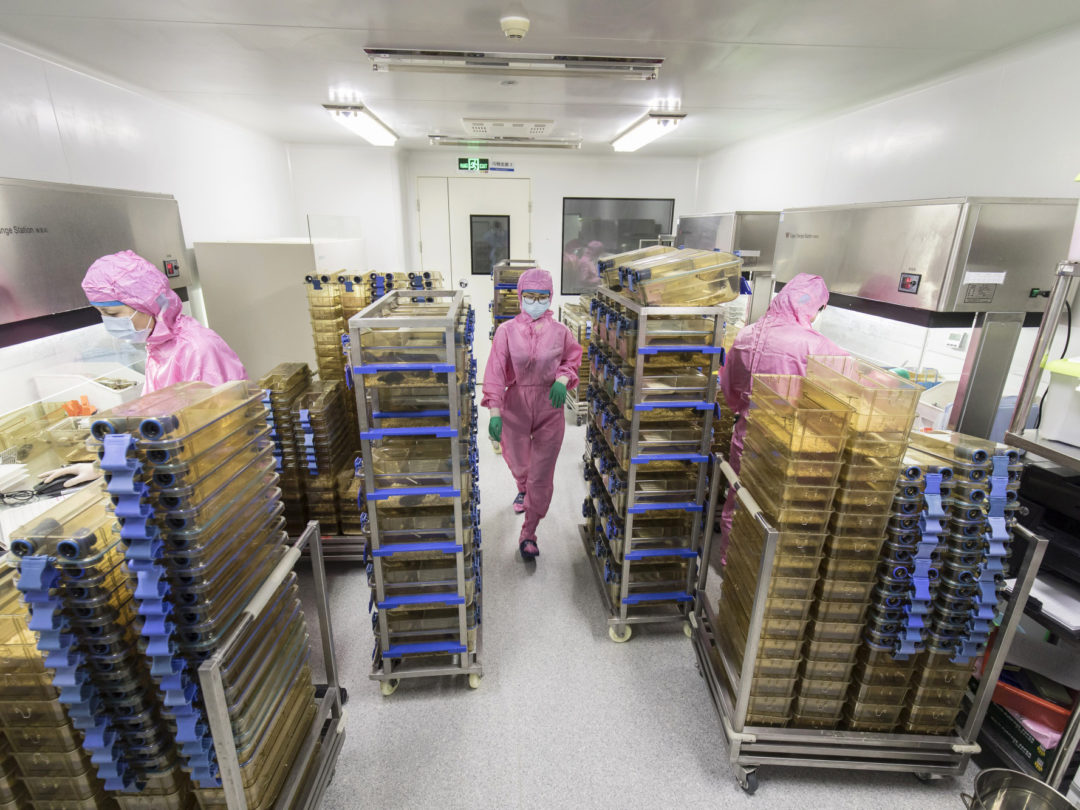
(Editors’ note: This is the first of a five-part series of articles about the journey to creating an end-to-end (E2E) business network that enables demand-driven supply capabilities.)
For all stakeholders in traditional supply-chain ecosystems, and specifically in life-science supply chains, enormous digitally enabled breakthrough opportunities lie ahead.
All companies today are looking to transform the capabilities of their supply chains to holistically improve business performance. Yet I grow weary of hearing C-level executives lament that they see too many supply chain projects, but no change in business results.
Isn’t it time to start asking why, what’s wrong, and what we need to do differently?
To begin, industry leaders today view the supply chain as more than a linear set of point-to-point connections across business functions. The reality is that today’s supply chains are being fundamentally transformed, and disruptive new capabilities are emerging. Major changes include:
- From supply chain as an efficiency driver and cost eliminator to a business growth engine and competitive weapon.
- From separate manufacturing, supply chain, logistics, sales, marketing, and business management functions to one horizontal end-to-end customer and market-focused demand-driven organization and set of business processes.
- From a set of integrated business functions (such as manufacturing, logistics, procurement) to an end-to-end demand-driven value network (DDVN) that is designed from the buyer and customer back to the supply network, and focused on key metrics such on time in full (OTIF) and customer-service levels, as well as customer safety and compliance.
- From supply-driven, inside-out processes largely based on enterprise resource planning (ERP) and manufacturing processes and technologies to outside-in, demand-driven capabilities, where supply is driven by true demand sensed in the market.
- From I.T. and functionally focused supply chain leadership to converged business and digital leadership of the end-to-end business operating model.
- From integrated supply-chain system-driven mental models, where complexity is embedded in complex architectures of integrated I.T. applications, heterogenous vendor solutions, data bases, “sort-of master data” and siloed organization models to enterprises operating off cloud-based digital network platforms such as AWS, Microsoft and Google, which provide specific business capabilities such as planning, track and trace, serialization, visibility, artificial intelligence (A.I.) and planning models.
- From a complicated architecture of interconnected I.T. systems and databases without master data management across the enterprise to cloud-based, two-sided digital network platforms that support “canonical-based” collaboration and fulfillment processes across networks of ecosystem partners. (In healthcare, for example, they encompass contract manufacturers, suppliers, manufacturers, distributors and wholesalers, hospitals, retail pharmacies and patients.)
- From traditional transactional analytics, using relational historical databases and packaged application software packages (such as ERP, manufacturing execution systems, advanced planning and scheduling systems, and transportation management systems) to advanced and predictive analytics systems such as machine learning and A.I., which enable the business to build and refine analytics models off a digital network platform to holistically orchestrate the business.
- From integrated thinking and strategies supported by project-management organizations and external consultants to centers of transformational excellence and integrative thinking that are continually assessing and diagnosing progress, and identifying constraints that are holding back performance improvements across people, processes, and technology.
None of these challenges is trivial, either dealt with singularly or strategically.
Next: Going Forward: Facing Facts and Reality
Roddy Martin is chief digital strategist with TraceLink.







